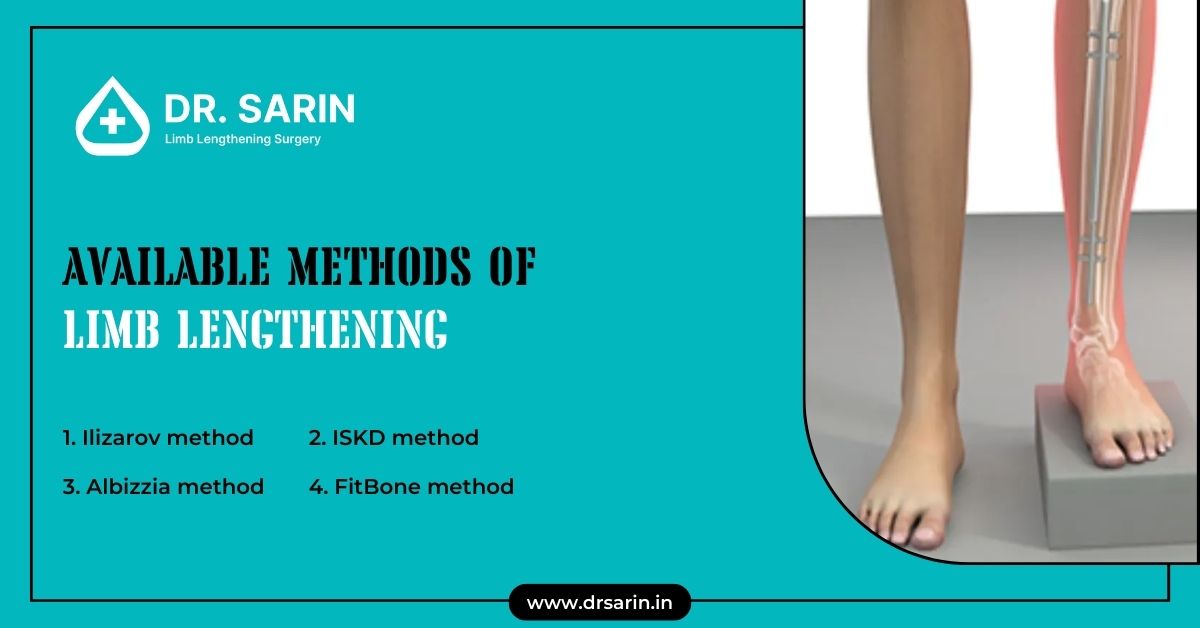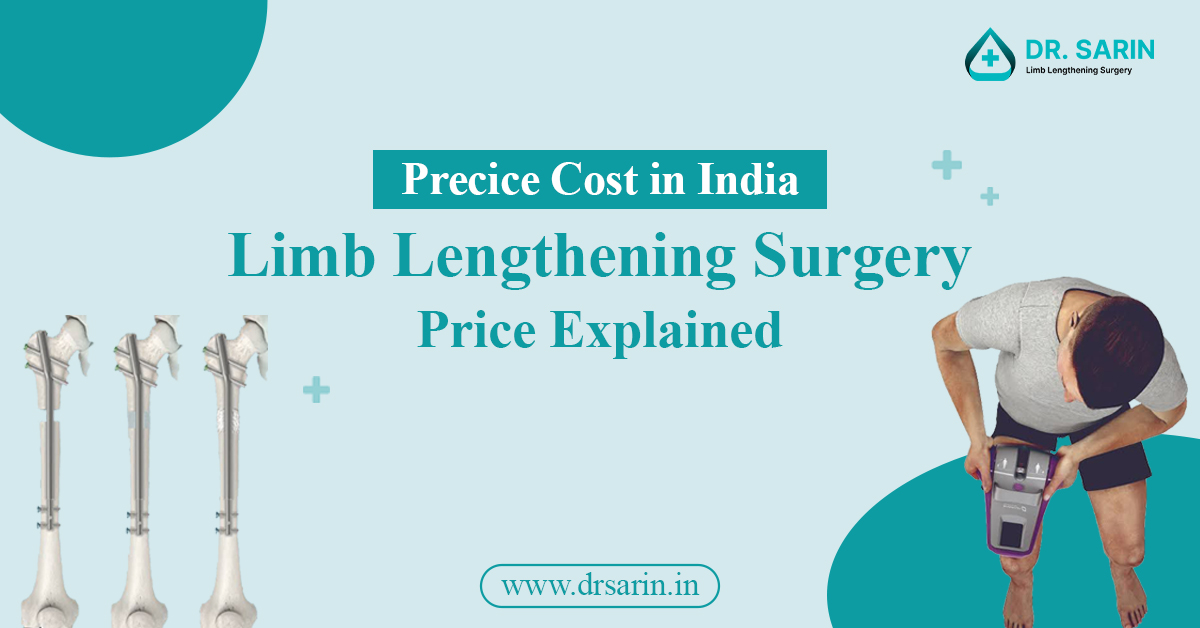Limb lengthening is a surgical procedure designed to correct discrepancies in limb length, congenital deformities, or injuries. This advanced orthopedic technique involves cutting and gradually stretching the bone to stimulate new bone growth. Several methods are available, each with unique mechanisms and benefits. Here, we will explore the Ilizarov, ISKD, Albizzia, and FitBone methods, providing a comprehensive overview of their processes and applications.
Ilizarov Method
The Ilizarov method, developed by Soviet orthopedic surgeon Gavriil Ilizarov in the 1950s, is one of the most established and widely used techniques for limb lengthening. This method utilizes a circular external fixator, which consists of rings connected by adjustable rods.
Procedure:
- Osteotomy: The bone is surgically cut.
- Fixator Placement: Pins and wires attach The Ilizarov apparatus to the bone.
- Distraction Phase: Gradual lengthening begins after a latency period (usually around 7-10 days post-surgery). The patient or a caregiver adjusts the fixator by turning the rods, typically 1 mm daily.
- Consolidation Phase: Once the desired length is achieved, the new bone can harden and mature, which can take several months.
Advantages:
- Highly customizable for complex deformities.
- Allows for simultaneous correction of angulation and rotation deformities.
Disadvantages:
- Bulky and uncomfortable external apparatus.
- Higher risk of pin site infections.
ISKD Method
The Intramedullary Skeletal Kinetic Distractor (ISKD) method is less invasive than external fixation devices like the Ilizarov method. Developed in the early 2000s, it involves using an internal lengthening device inserted into the bone marrow cavity.
Procedure:
- Osteotomy: The bone is surgically cut.
- Device Insertion: The ISKD rod is implanted into the marrow cavity.
- Distraction Phase: Lengthening is controlled by the patient’s natural movements. The device lengthens gradually in response to specific rotational movements of the limb, typically 0.25 mm to 1 mm per day.
- Consolidation Phase: Similar to the Ilizarov method, the bone consolidates once the desired length is achieved.
Advantages:
- No external apparatus, reducing the risk of infection and improving comfort.
- It is more discreet and allows for greater mobility during the lengthening process.
Disadvantages:
- Requires precise movement control, which can be difficult for some patients.
- Higher cost compared to traditional methods.
Albizzia Method
The Albizzia method, introduced by French surgeon Jean-Albert Albizzia, involves using an intramedullary nail with a ratchet mechanism. This technique also allows for internal lengthening without external fixators.
Procedure:
- Osteotomy: The bone is surgically cut.
- Nail Insertion: The Albizzia nail is inserted into the marrow cavity.
- Distraction Phase: The patient manually activates the lengthening mechanism by rotating the limb, causing the ratchet mechanism to lengthen the nail, typically 1 mm per day.
- Consolidation Phase: The new bone can harden after achieving the desired length.
Advantages:
- The internal device eliminates the need for external fixators.
- Allows for precise control of the lengthening process.
Disadvantages:
- It can be painful due to the requirement of manual rotation.
- Risk of mechanical failure of the ratchet mechanism.
FitBone Method
The FitBone method is a state-of-the-art, fully implantable limb lengthening system developed in Germany. This technique uses a motorized intramedullary nail controlled by an external remote.
Procedure:
- Osteotomy: The bone is surgically cut.
- Device Insertion: The motorized FitBone nail is implanted into the marrow cavity.
- Distraction Phase: Lengthening is controlled by an external remote, allowing precise and gradual adjustments (up to 1 mm per day).
- Consolidation Phase: The new bone consolidates after reaching the desired length.
Advantages:
- Fully internal system with no external apparatus.
- Precise control of lengthening via external remote, reducing discomfort.
Disadvantages:
- High cost due to advanced technology.
- Requires access to specialized surgical expertise and follow-up care.
Conclusion
Limb lengthening methods have evolved significantly, offering patients various options tailored to their needs and conditions. The Ilizarov method remains a versatile choice for complex deformities, while the ISKD and Albizzia methods provide less invasive alternatives with internal devices. The FitBone method represents the latest advancement, combining precision with patient comfort. Each technique has its advantages and challenges, and the choice of method depends on factors such as the patient’s condition, the surgeon’s expertise, and the desired outcome.
Also Read:



